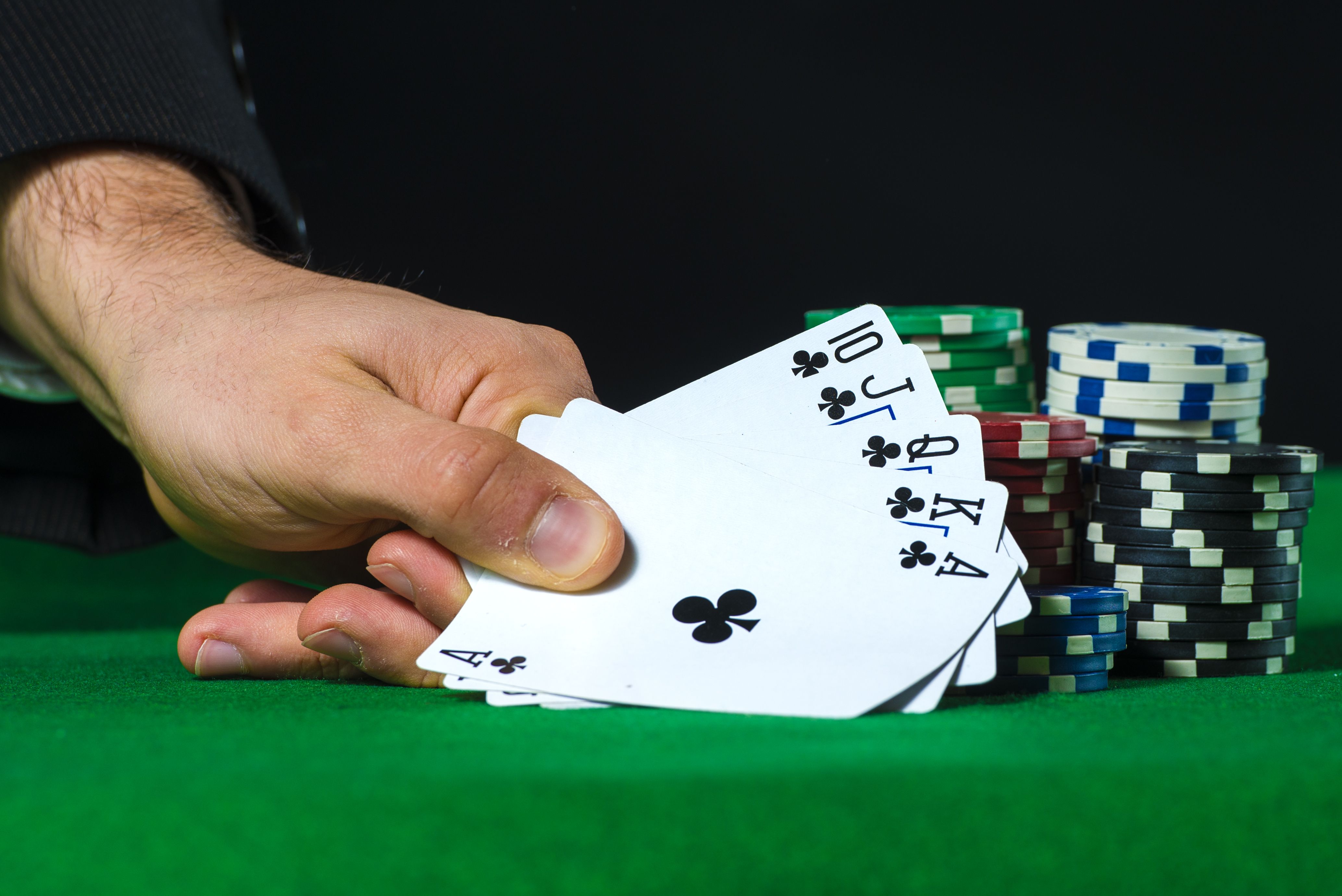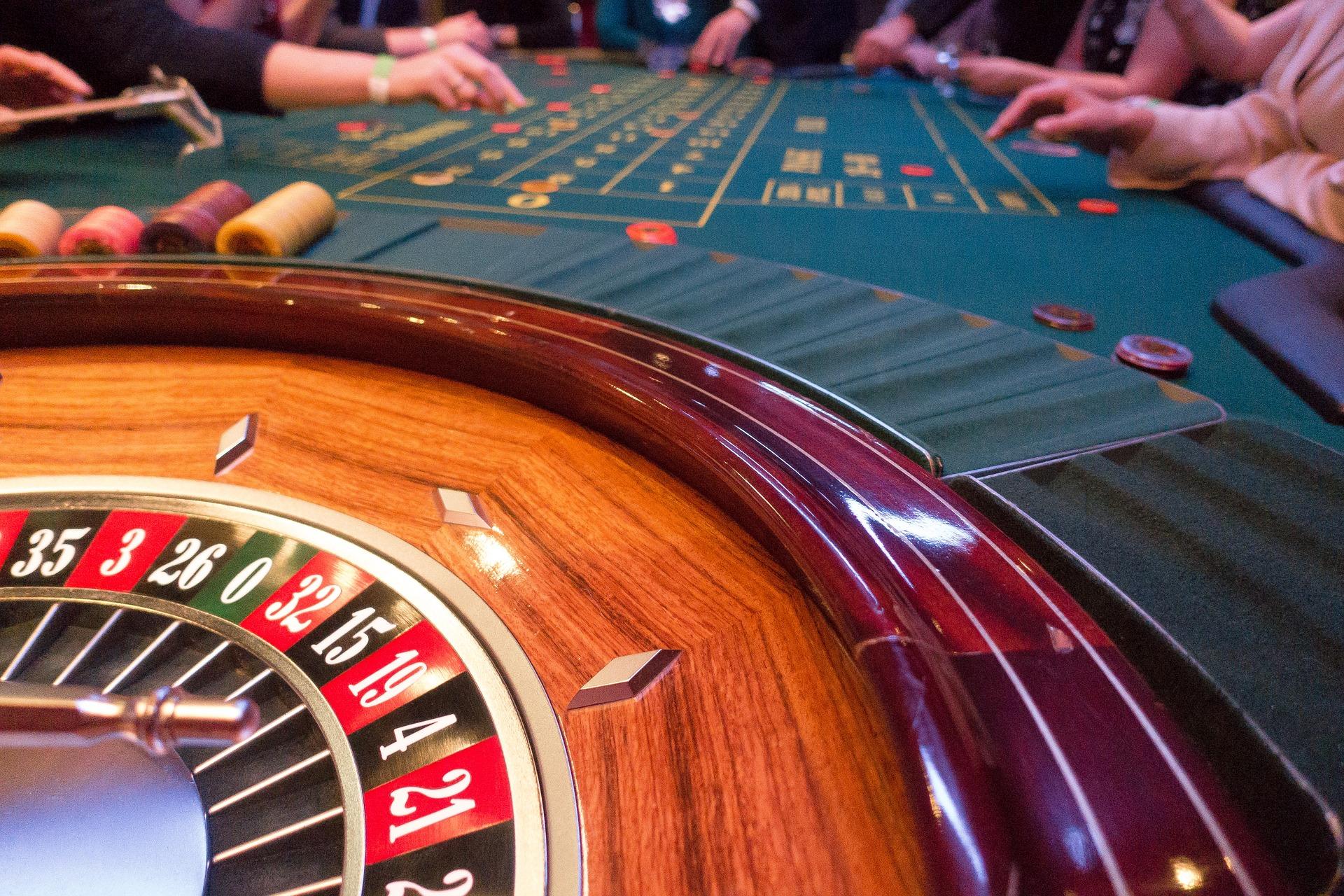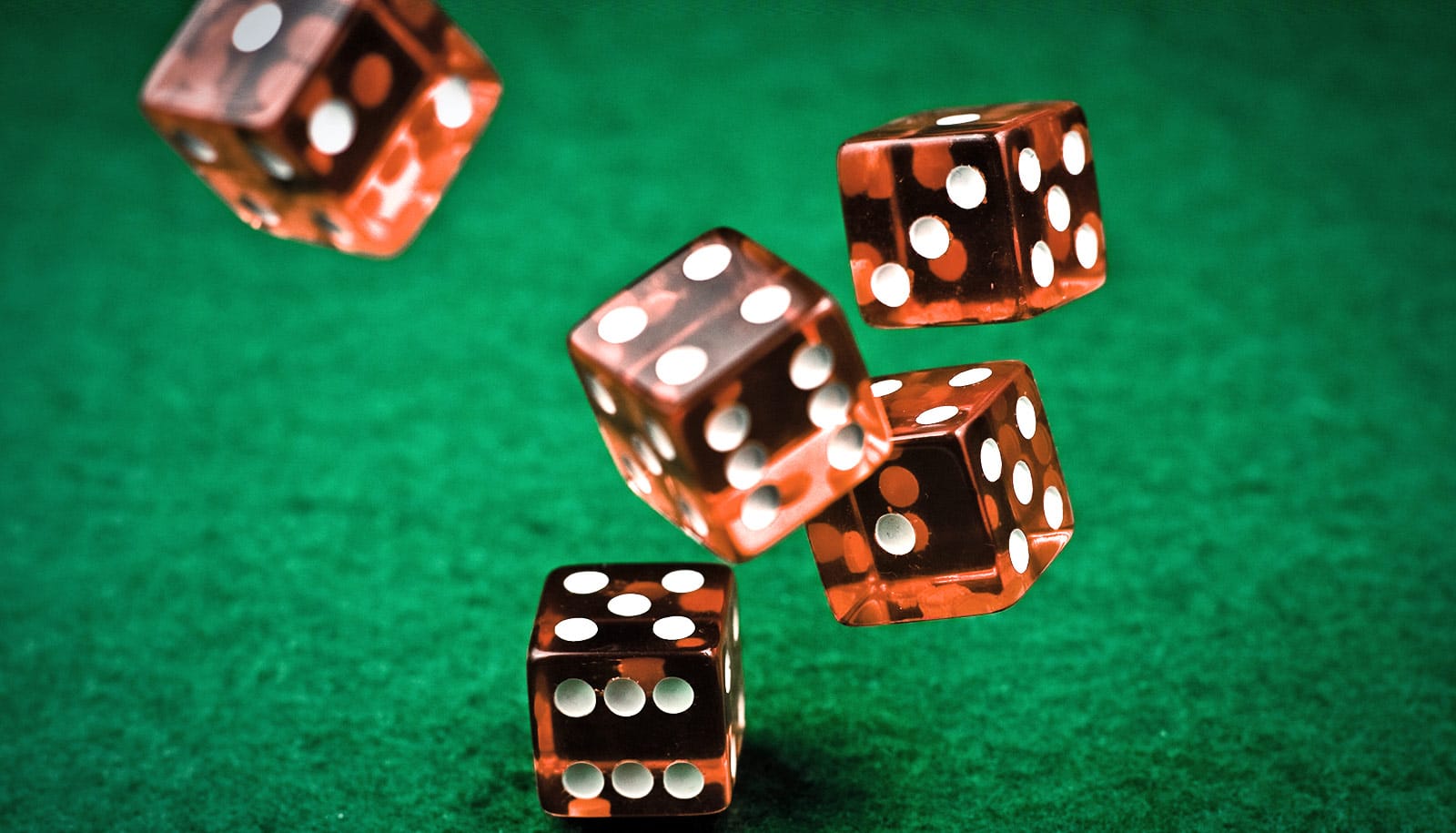Introduction
What Does 0 Pay In Roulette: In the thrilling game of roulette, where the spinning wheel determines the fate of wagers, the number 0 holds a significant role. Players often wonder about the payout associated with this enigmatic digit. In roulette, the payout for 0 depends on the type of bet placed.
0 is considered a special number in roulette, often depicted in a distinct green color on the wheel. When it comes to individual number bets, landing on 0 generally rewards the player with an impressive payout of 35 to 1. This means that if a player places a straight bet on 0 and the ball finds its resting place there, their wager will be multiplied by 35.
In these cases, 0 typically results in a loss. Outside bets usually offer a 1 to 1 payout, meaning players receive an amount equal to their original bet when they win. However, when the ball lands on 0, these outside bets are typically not paid out, resulting in a loss for the player. Understanding the impact of 0 on different types of bets is crucial in navigating the excitement and potential rewards of the roulette table.

What happens when 0 comes in roulette?
The zero pocket on the roulette wheel is on nobody’s Christmas list because if the ball lands on it, everyone else loses their money.
In roulette, the number 0 plays a significant role and has specific outcomes when it comes up on the wheel. When the ball lands on 0, several things occur, both in terms of payouts and gameplay.
The presence of the number 0 gives the house (the casino) its edge in the game. Most roulette wheels feature two green pockets, one with a single 0 and the other with a double 00. These pockets are where the casino gains its advantage, as all bets except those specifically placed on the green numbers will lose when the ball lands in one of these pockets.
When the ball lands on 0, several types of bets are affected:
Straight bets: Players who bet directly on 0 will win if it comes up. The payout for this bet is typically 35 to 1, which means that for every unit wagered, the player receives 35 units in return.
Split bets: A split bet is when a player places a wager on the line between two numbers, including 0. If the ball lands on 0, players who have bet on the split involving 0 will win.
Outside bets: Outside bets, such as red/black, odd/even, or high/low, all lose when the ball lands on 0. These bets offer lower payouts but have higher odds of winning, except when 0 is the outcome.
Additionally, some variations of roulette employ a rule called “en prison” or “la partage.” With these rules in effect, when the ball lands on 0, players who have placed even-money bets (e.g., red/black) may receive special options such as receiving back half of their original bet or letting the bet stand for another spin.
Does 0 count as even in roulette?
ZERO is not odd or even, and is not black or red! Now that you know some basics of the betting layout and outcome of bets, you can try your hand out at some roulette games online.
No, 0 does not count as an even number in roulette. In the context of roulette, the terms “even” and “odd” refer to the parity of the numbers on the wheel. The numbers on a roulette wheel are divided into two categories: even and odd.
The even numbers in roulette are 2, 4, 6, 8, 10, 12, 14, 16, 18, 20, 22, 24, 26, 28, 30, 32, 34, and 36. These numbers are all divisible by 2 and do not include 0.
On the other hand, the odd numbers in roulette are 1, 3, 5, 7, 9, 11, 13, 15, 17, 19, 21, 23, 25, 27, 29, 31, 33, and 35.
Since 0 does not fall into either the even or odd category, it is considered an exception. It has its own unique characteristics and outcomes, as discussed in the previous answer.
Can you split 0 and 00 in roulette?
It’s pretty straightforward to bet on zero and double zero, with one chip, by placing it on the line between the two numbers. It’s called a “split” bet.
In most standard versions of roulette, you cannot place a split bet on 0 and 00. A split bet is a type of wager where you place your chips on the line between two adjacent numbers, indicating that you are betting on both numbers simultaneously. However, in the case of 0 and 00, they are not considered adjacent numbers on the roulette wheel layout.
In a traditional roulette layout, the numbers are arranged in a specific order, and 0 and 00 are typically placed on opposite sides of the wheel. Therefore, you cannot place a split bet specifically on 0 and 00 because they are not adjacent to each other.
It’s worth noting that some variations of roulette may have additional betting options that allow you to bet on combinations involving 0 and 00. These variations could introduce specific bets or side bets tailored to include the green pockets. It’s always important to familiarize yourself with the specific rules and layout of the roulette game you are playing to understand all available betting options.

What is a 1 to 1 payout in roulette?
Red or Black — This bet pays out even odds (1:1) if the ball lands on the roulette color you choose. Odd or Even — Another bet that pays out at even odds (1:1) if you correctly call the ball landing on an odd or even number.
In roulette, a 1 to 1 payout refers to a type of bet that pays out an amount equal to the original wager. These bets are also known as even-money bets or outside bets because they have close to a 50% chance of winning, excluding the presence of the green 0 or 00 pockets.
Examples of 1 to 1 payout bets in roulette include:
1. Red/Black: You can bet on whether the ball will land on a red or black number. If you win, you receive a 1 to 1 payout, doubling your original wager.
2. Odd/Even: This bet involves predicting whether the winning number will be odd or even. Again, if you win, you receive a 1 to 1 payout.
3. High/Low: This bet involves wagering on whether the winning number will fall within the range of 1 to 18 (low) or 19 to 36 (high). A correct prediction results in a 1 to 1 payout.
The 1 to 1 payout means that if you bet, for example, $10 on an even-money bet and you win, you will receive your initial $10 wager back, plus an additional $10 in winnings, for a total of $20.
These types of bets in roulette are popular because they offer relatively higher odds of winning compared to other bets, although the potential payout is lower compared to riskier bets such as straight bets or split bets.
Does roulette pay on 0 or 00?
35 to 1
A bet on a single number pays 35 to 1, including the 0 and 00. Bets on red or black, odd or even pay 1 for 1, or even money.
In most traditional versions of roulette, the presence of 0 and/or 00 (double zero) does not result in a payout for most bets placed on individual numbers or outside bets. When the ball lands on 0 or 00, these numbers are typically considered losing outcomes for most wagers.
If you place a bet on an individual number, such as a straight bet, split bet, corner bet, or any other bet that specifically targets a single number, and the ball lands on 0 or 00, you will lose your wager.
Outside bets like red/black, odd/even, or high/low also lose when the ball lands on 0 or 00. These bets typically offer a 1 to 1 payout, meaning you receive an amount equal to your wager if you win, but lose your bet if the ball lands on 0 or 00.
It’s important to note that some variations of roulette may have special rules, such as “en prison” or “la partage.” With these rules in effect, players may have the option to receive back a portion of their even-money bets (such as red/black) or let them stand for another spin if the ball lands on 0. These rules vary depending on the specific roulette variant and the casino’s rules in play.
What is double 0 in roulette?
The object of Double Zero Roulette is to guess on which number on the wheel the ball will come to rest. Every number has the same chance as any other of coming up on each spin i.e. the winning number on any spin has no effect on the outcome of the next spin.
In roulette, the term “double 0” refers to the number 00, which is an additional green pocket found on some roulette wheels. The presence of double 0 distinguishes a specific variant of roulette known as American roulette.
American roulette wheels feature both a single 0 and a double 00 pocket, whereas European and French roulette wheels typically have only a single 0 pocket. The addition of double 0 increases the total number of pockets on the wheel from 37 to 38.
The inclusion of double 0 has implications for the game:
Payouts: Double 0 affects the odds and payouts of various bets. The presence of double 0 increases the house edge in American roulette compared to European or French roulette, as it reduces the probability of winning on certain bets.
Bet outcomes: When the ball lands on the double 0 (00), all bets placed on individual numbers or outside bets like red/black, odd/even, or high/low lose, unless there are specific rules in play such as “en prison” or “la partage.”
It’s worth noting that the introduction of double 0 in American roulette has led to a higher house edge compared to other variations, making it important for players to be aware of the specific rules and odds associated with the version of roulette they are playing.

Why is 0 green in roulette?
American Roulette: In American Roulette, there are two green zero pockets. This means that there is an additional chance that your wagers will be void. It has a payout of 35/1 if you bet on it, but it essentially doubles the likelihood that all bets will lose money.
The choice of the color green for the number 0 in roulette is primarily a convention that has been followed for historical reasons. There are a few factors that may have influenced the decision to use green for the 0 pocket:
Tradition: The origins of roulette can be traced back to 18th-century France. When the game was initially developed, the decision was made to designate one pocket as a neutral or non-winning outcome. Green was chosen to differentiate this pocket from the red and black pockets on the wheel.
Visual Contrast: Green provides a clear visual contrast to the predominantly red and black numbers on the roulette wheel. This contrast makes it easier for players and dealers to quickly identify the 0 pocket.
Symbolic Representation: Some interpretations suggest that the color green was chosen to symbolize money, wealth, or the bank (as in the “house” or casino). The green color of the 0 pocket may have been intended to emphasize the financial aspect of the game and the association with gambling.
It’s important to note that the specific choice of colors can vary between different variations of roulette, and the use of green for 0 is not universal. For example, in some casinos, the 0 pocket may be colored blue or another color instead of green. Ultimately, the color scheme used for the roulette wheel is a matter of tradition and casino design choices.
Which roulette has one zero?
Single zero roulette, also known as European roulette, only has one zero and does not include a double zero. There are only 37 numbers total on a single zero roulette wheel, but there are 38 numbers total on a roulette wheel that also includes a double zero.
Roulette wheels with a single zero are typically associated with European and French roulette variants. Both European and French roulette feature a wheel layout with 37 pockets, numbered from 0 to 36. Out of these pockets, only one is designated as a single zero (0), while the remaining pockets are colored alternately in red and black.
European roulette, also known as single-zero roulette, is the most common variant found in European and online casinos. In this version, the presence of a single zero gives the house a slight advantage, as all bets placed on individual numbers or outside bets lose when the ball lands on 0. The payouts for winning bets remain the same as in other versions of roulette.
French roulette is similar to European roulette in terms of wheel layout and odds. However, it includes additional rules that further benefit players. One such rule is called “La Partage,” where if a player has placed an even-money bet (red/black, odd/even, high/low) and the ball lands on 0, the player receives back half of their wager. This rule reduces the house edge even further, making French roulette particularly favorable for players.
It’s worth noting that American roulette, as mentioned earlier, features a wheel with both a single zero (0) and a double zero (00). This additional double zero increases the house edge compared to European and French roulette.
European and French roulette are the variants that commonly have a single zero, providing slightly better odds for players compared to American roulette.

Conclusion
In roulette, the number 0 has specific implications for the payouts of different types of bets. When it comes to individual number bets, commonly referred to as straight bets, a winning wager on 0 typically pays out at 35 to 1. This means that if you bet on 0 and it comes up, you would receive a payout of 35 times your original bet.
However, it’s important to note that when it comes to outside bets, such as red/black, odd/even, or high/low, the presence of 0 usually results in a loss. These outside bets typically offer a 1 to 1 payout, meaning you would receive an amount equal to your wager if you win. However, when the ball lands on 0, these bets lose, and you would not receive a payout.
It’s also worth mentioning that specific roulette variants may have additional rules in play, such as “en prison” or “la partage,” which can affect the outcome and payout when 0 appears. These rules can provide options for players to recoup a portion of their even-money bets or allow them to carry the bet forward to the next spin.Overall, while a straight bet on 0 can result in a substantial payout of 35 to 1, the presence of 0 typically leads to losses for most outside bets in roulette.










